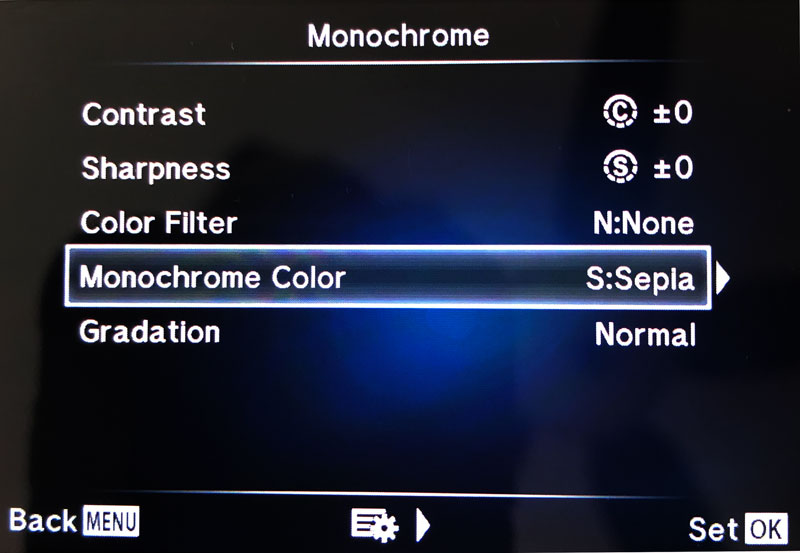Today’s Post by Joe Farace
“Black and white photography is truly quite a ‘departure from reality’, and the transition from one aspect of visual magic to another was not as complete as many imagine.” – Ansel Adams
There’s more to black and white photography than an absence of color. Maybe we wouldn’t feel this way if the very first photographs had been made in color but that didn’t happen and I grew up admiring the works of W. Eugene Smith and Ansel Adams and others who photographed the world in glorious black and white.
It’s Monochrome
The word “monochrome” describes photographs that use one color or shades of one color instead of pure black and white, while images using only shades of grey are called black-and-white or grayscale. One of the reasons that photographic purists often refer to black and white prints as “monochrome” is that it’s a more precise term that also covers images made using sepia, blue and other tones.

How I made this photograph: Using black and white for landscape photography simplifies the image allowing you to place the viewer’s focus where you want. By the way, the tiny figure in the center of the photograph is Mary. You can shoot photographs like this using your camera’s built-in monochrome mode that captures these images as an RGB file. It’s a color file without any color!
The camera used to make the above image was a Pentax K100D with a smc Pentax-DA 12-24mm F4 ED AL [IF] lens during a time when I was writing the Magic Lantern Guide for the camera.. The Program mode exposure was 145 sec at f/4.5 and ISO 400, Tip: I suggest shooting in RAW+JPEG so you end up with two files: one black and white JPEG and one color RAW file, in case you change your mind later. This photograph was made before I got serious about my RAW+JPEG regimen. And yes, I wished I’d shot it in RAW. Instead it was captured as a color JPEG and converted to monochrome using Silver Efex with Platinum tones added with PhotoKit 2.
 In traditional film photography, toning is a chemical process that’s carried out in the wet darkroom. Some, maybe most digital cameras have monochrome modes with toning options or you can convert the photograph from an original color image using software as I describe above with this image made at Zion National Park,
In traditional film photography, toning is a chemical process that’s carried out in the wet darkroom. Some, maybe most digital cameras have monochrome modes with toning options or you can convert the photograph from an original color image using software as I describe above with this image made at Zion National Park,
As a creative medium, traditionalists may still call it “monochrome” and digital imagers may prefer “grayscale,” but, to paraphrase Billy Joel, “it’s still black and white to me.”
My book Creative Digital Monochrome Effects is available from Amazon with new copies at $11.46 with used copies starting at a little more than six bucks, as I write this. There’s no Kindle version available, sorry.
